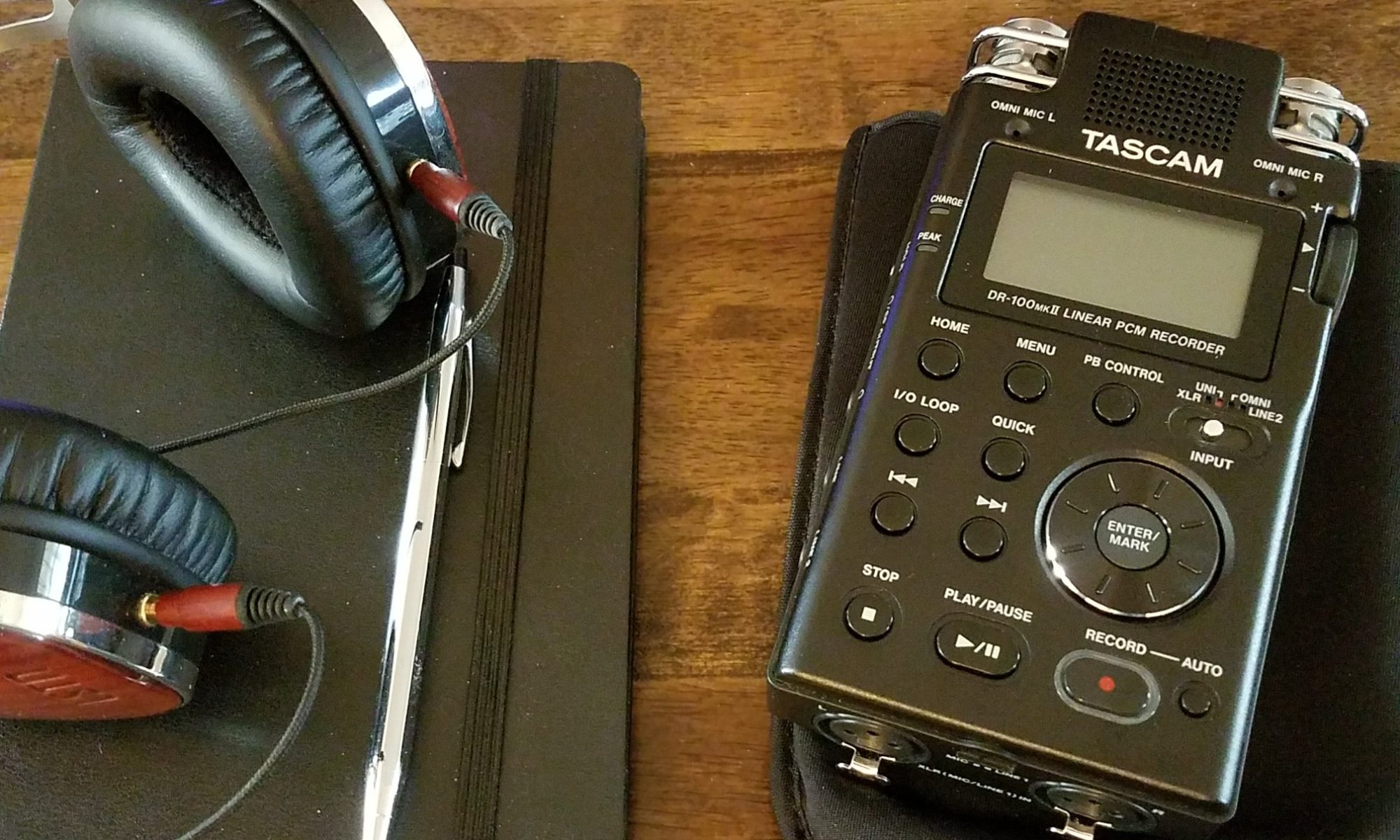Today is the 70th Anniversary of the Nanjing Massacre,† a six week “orgy of atrocities” that took place during the Japanese occupation of China in 1937.
The anniversary is being marked by the reopening of a memorial hall built to honour nearly 300,000 people who China says were beheaded, burned, bayoneted, disemboweled and buried alive by Japanese Imperial troops during a six-week orgy of atrocities.
Not unlike the Armenian Genocide, the Nanjing Massacre continues to cause controversy and heated debate between governments and politicians who seem to be intent on saving face. Japanese Parliament has said as much, when 100 of its members claimed in June that documents held in their archives proved that only 40,000 people were killed.
Satoru Mizushima, a documentary filmmaker who is working on a movie titled The Truth of Nanking, said this week, “The evidence for a massacre is faked.”
Even Yomiuri Shimbun, a national daily that claims to have the world’s largest newspaper circulation, published an editorial on Tuesday that refused to refer to the prolonged simultaneous killing of Chinese soldiers and civilians as a “massacre,” calling it the “Nanking Incident.”
“Indeed, when the Japanese forces wiped out the remaining Chinese soldiers hiding in the city, many executions and violence against civilians obviously took place, according to records and testimonies from the time,” the editorial said.
“However, there are theories that the number of victims was about 40,000 and that only a fraction of those deaths were murders that violated international law.”
However, as the International Military Tribunal for the Far East disclosed during their hearings of Japanese war criminals in 1946 – 1948, the total number of victims in Nanjing was over 300,000, to say nothing of the 20,000 women who were raped and seem to be entirely overlooked in this ideological discourse.
Numerous eye-witness accounts of the Nanking Massacre were provided by Chinese civilian survivors and western nationals living in Nanking at the time. The accounts included gruesome details of the Nanking Massacre. Thousands of innocent civilians were buried alive, used as targets for bayonet practice, shot in large groups and thrown into the Yangtze River. Rampant rapes (and gang rapes) of women ranging from age seven to over seventy were reported. The international community estimated that within the six weeks of the Massacre, 20,000 women were raped, many of them subsequently murdered or mutilated; and over 300,000 people were killed, often with the most inhumane brutality.
Dr. Robert Wilson, a surgeon who was born and raised in Nanking and educated at Princeton and Harvard Medical School, testified that beginning with December 13, “the hospital filled up and was kept full to overflowing” during the next six weeks. The patients usually bore bayonet or bullet wounds; many of the women patients had been sexually molested.
The international community had filed many protests to the Japanese Embassy. Bates, an American professor of history at the University of Nanking during the Japanese occupation, provided evidence that the protests were forwarded to Tokyo and were discussed in great detail between Japanese officials and the U.S. ambassador in Tokyo.
Brackman (reporter at the trial and author of the book “The Other Nuremberg”) commented: “The Rape of Nanking was not the kind of isolated incident common to all wars. It was deliberate. It was policy. It was known in Tokyo.” Yet it was allowed to continue for over six weeks.
The diaries of Minnie Vautrin, one of the witnesses of the massacre, are scheduled to be published in July of next year. If you’re interested in more information on the Nanjing Massacre, take a look at Princeton’s Nanking 1937 or the Nanjing Memorial site.
†sometimes spelled “Nanking.”

There’s a good article just published in Der Spiegel about the Japanese actions in China: http://tinyurl.com/2poesg